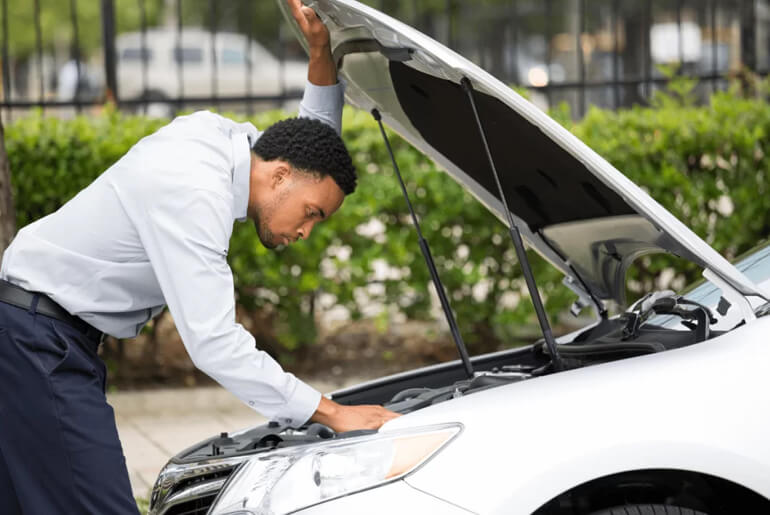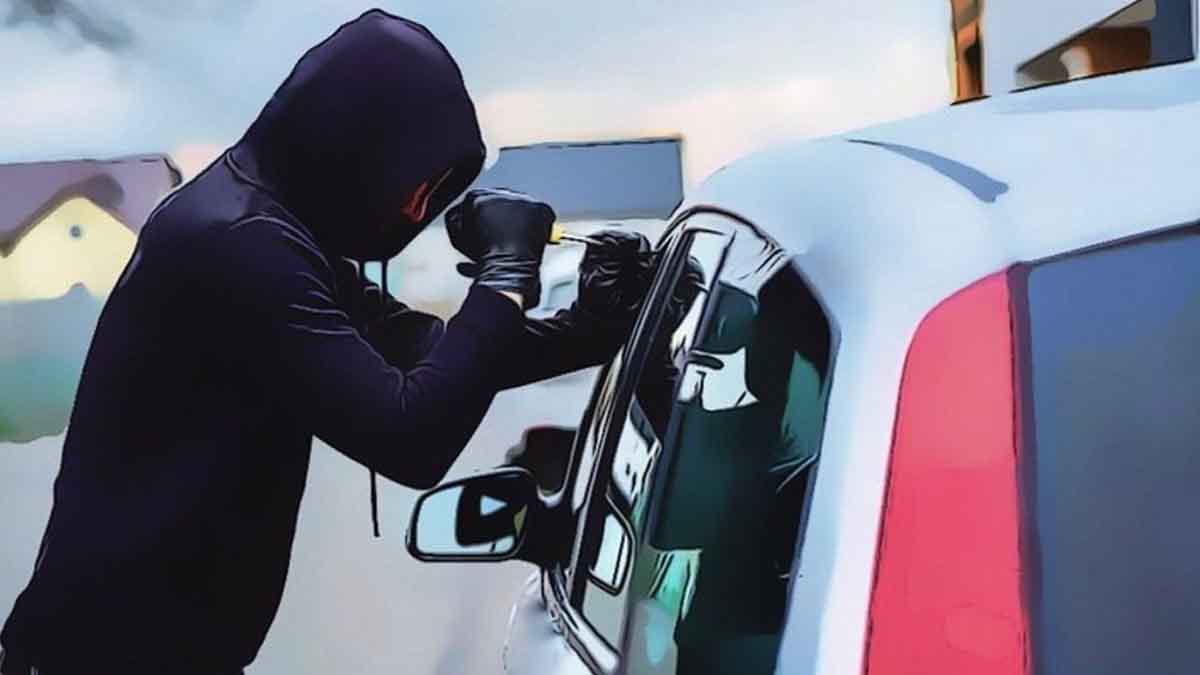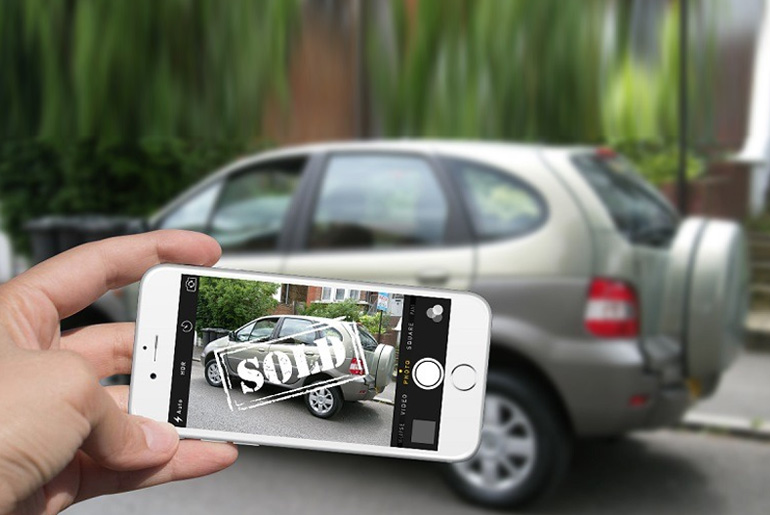Regardless of whether your car is new or used, there are numerous interconnected pieces that could keep it from starting. You get astounded when you start to think about the specific responsibilities these components play in getting your car to start each time you use it.
Table of Contents
A car that won’t start can usually be resolved in two major steps. Finding out if the engine is cranking is the first step. This indicates whether the engine makes the typical “gug gug guggug” sound it makes just before starting when you try to start the car.
Buy top trending Car accessories in Lagos and Original Korea Battery now Check @carfanzy Lagos on Instagram
When the engine is not starting, the second situation applies. There are eight potential reasons why your car won’t start.
Battery failure
Your car’s failure to start is typically due to a dead battery. If a wire is loose, the dome light was left on overnight, or the water component within has evaporated, resulting in poor conductivity, the battery could die. Check the battery’s age if none of these potential factors is the real culprit. It’s possible that the battery has to be replaced because it’s old.
Try jump-starting the automobile to determine for sure if the battery is the issue. If the automobile replies, the issue is most likely a fading battery.
Defective Ignition Switch
It would be ideal to examine the ignition switch if your battery is in perfect working order but the automobile still won’t start despite several tries. You may get around this by using your headlights, for example. Since the battery powers the dashboard and headlights, if the lights turn on but the engine won’t start, you may be sure that the ignition switch is to blame.
Wheel Lock
The steering wheel locks as soon as the key is gone, thanks to anti-theft features. As a result, the key occasionally refuses to turn in the ignition switch. This occurs as a result of the wheel pushing the locking pawl back. In this case, while you turn the key, try to move the steering wheel to the left or right.
Alternator
Your battery might not charge if your alternator is malfunctioning. Therefore, a worn or slipping auxiliary drive belt may be to blame if you think the alternator is the reason your car won’t start. Search for it. There will probably be a warning light to let you know if the belt snaps or the alternator fails. A poor charging system output will also illuminate a warning signal for you.
Defective Starter
A damaged starter could be the reason why the automobile won’t start, much like a defective ignition switch. The starter, as implied by its name, is crucial since it provides the turning force needed by a vehicle to start its engine. The majority of the time, a clicking sound is an indicator of this issue. If you hear this noise, the delay may be the result of a damaged or frail starter.
Overflowed Engine
Over fueling the engine could flood it. The spark plugs become fouled as a result of flooding. The piston rings’ oil is removed, lowering the level of compression. This happens when you crank the engine again and again but it won’t start.
You should let the car sit for a few hours to let the extra oil drain in this situation. Additionally, refrain from cranking the engine to prevent confusing the mechanic’s future diagnosis of the car’s starting problem.
Filter clogged with fuel
The fuel cannot enter the engine due to a clogged fuel filter. Every 10,000 to 15,000 miles, fuel filters should be changed according to recommendations (16093.44 km and 24140.16 km, respectively). Therefore, it is wise to keep an eye out and make sure the fuel filter is properly maintained.
A drained fuel tank
An empty fuel tank is like a blocked fuel filter. Even though it sounds like a no-brainer, there is a surprising reason why cars won’t start. After arriving at their destination with an empty tank, some drivers could neglect to refuel. When the automobile won’t start when they need it again, that’s when they realize they need to refill.
There are a variety of problems that could be to blame if your car won’t start. The starter and battery, fuel distribution, and ignition are the three main areas that you should focus on first. If your car won’t start, there’s a good chance that one of those few things is the issue. To decide what has to be done to fix the car, start whittling down potential problems.
How To Fix Car Not Starting Problem
- Check the starter and battery
When you try to start the car, listen to it. A dead battery is frequently the simplest problem to discover when trying to start your car. Pay attention to the sound the motor produces as it tries to start when you turn the key in the ignition. It can just be a dead battery if it makes no sound at all. If you hear clicking, the starter may be trying to operate but is lacking sufficient power. The battery is probably not the problem if the engine is running but won’t start.
- Examination of the battery terminals
Examine the connections between the battery and the engine by opening the hood of the car. Positive and negative terminals must both have pristine metal-on-metal contacts in order for electricity to be transmitted effectively. Verify that both cables are connected and that there is no debris or oxidation on the terminals. Corroded battery terminals can be cleaned using a steel toothbrush. Make sure the cables are securely fastened to the battery’s terminals and cannot be pulled or twisted off.
- Evaluate the battery
After examining the battery wires, verify the battery’s voltage using a voltmeter. Connect the positive (red) lead of the voltmeter to the battery’s positive terminal before connecting the negative lead to the battery’s negative terminal. The battery’s voltage should be between 12.4 and 12.7 volts if it is fully charged. Try jump-starting the battery if it is dead. Replace the battery if it won’t maintain a charge, then try starting the car again.
- Attempt to jump-start the vehicle
If the cables on the battery are secure, use another vehicle to jump-start the engine. Connect the two batteries using jumper cables, making sure to use the red cable on the positive terminals and the black cable on the negative terminals.
Be sure to connect the positive to the positive terminal and the negative to the negative terminal; otherwise, you may do serious damage to the vehicle. Some engines have a main fuse just after the battery that will pop if you accidentally switch the cables. You will need to purchase a replacement fuse if you break it.
Have 1 million naira and above to Buy or Sell Cars In Nigeria? Check Carmart.ng RIght Now
All rights reserved. Reproduction, publication, broadcasting, rewriting, or redistribution of this material and other digital content on carmart.ng is strictly prohibited without prior express written permission from Carmart Nigeria - Contact: [email protected]
Stay informed and ahead of the New Car info! Follow The Carmart Blog on WhatsApp for real-time updates, Cheap Cars, and Latest new car content. Don't miss Any –
Join The Carmart Blog Channel







